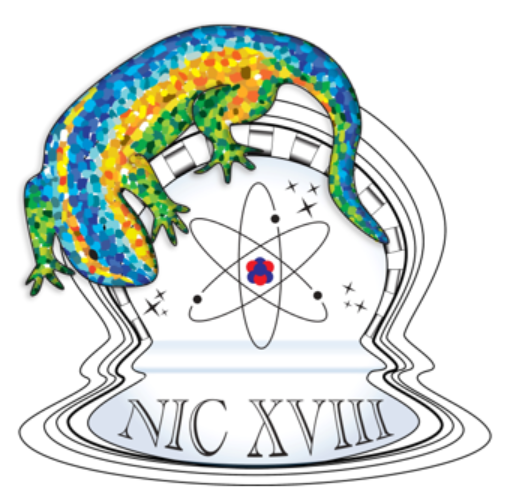https://doi.org/10.1007/s100530170169
Melting behavior of large disordered sodium clusters
Departamento de Física Teórica, Universidad de Valladolid, Valladolid 47011, Spain
Corresponding author: a aguado@joule.pcl.ox.ac.uk
Received:
5
February
2001
Revised:
21
May
2001
Published online: 15 August 2001
The melting-like transition in disordered sodium clusters Na92 and Na142 is studied by performing density functional constant-energy molecular dynamics simulations. The orbital-free version of the density functional formalism is used. In Na142 the atoms are distributed in two distinct shells (surface and inner shells) and this cluster melts in two steps: the first one, at ≈130 K, is characterized by the development of a high intrashell atomic mobility, and the second, homogeneous melting at ≈270 K, involves diffusive motion of all the atoms across the whole cluster volume. On the contrary, the melting of Na92 proceeds smoothly over a very broad temperature interval, without any abrupt change in the thermal or structural indicators. The occurrence of two steps in the melting transition is suggested to be related to the existence of a grouping of the atoms in radial shells, even if those shells present a large degree of internal disorder. It then appears that a cluster can be considered fully amorphous (totally disordered) only when there are no radial regions of low atomic density separating shells. The isomer of Na92 studied here fulfills this criterion and its thermal behavior can be considered as representative of that expected for fully amorphous clusters. Disordered Na142, on the other hand, that has a discernible structure of an inner and a surface shell, should be considered as not fully disordered. The thermal behavior of these two clusters is also compared to that of icosahedral (totally ordered) sodium clusters of the same sizes.
PACS: 36.40.Ei – Phase transitions in clusters / 64.70.Dv – Solid-liquid transitions
© EDP Sciences, Società Italiana di Fisica, Springer-Verlag, 2001







